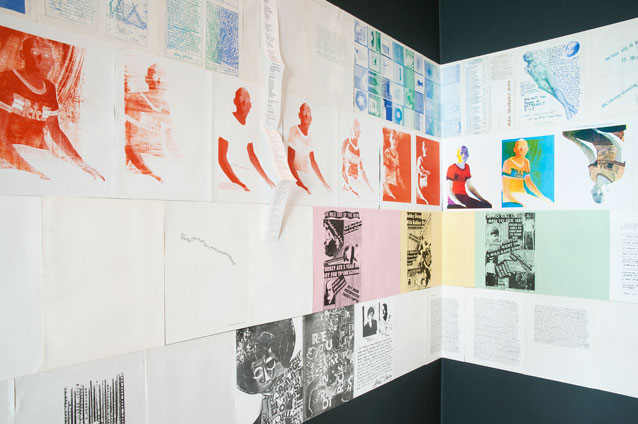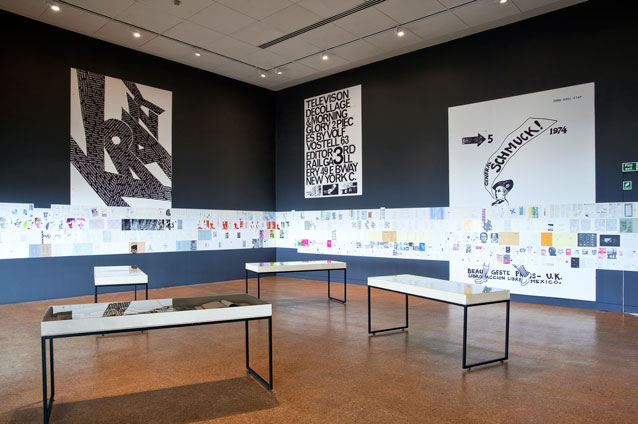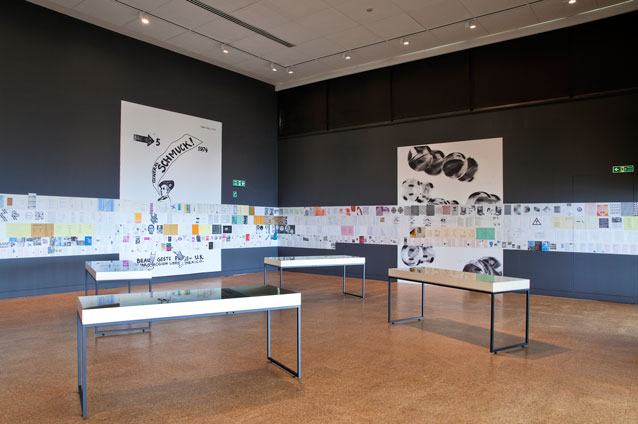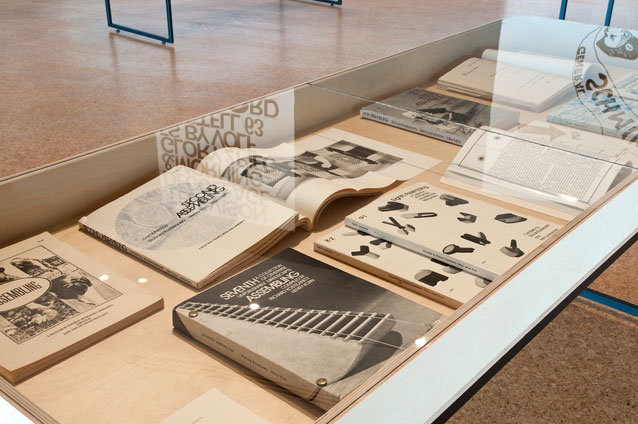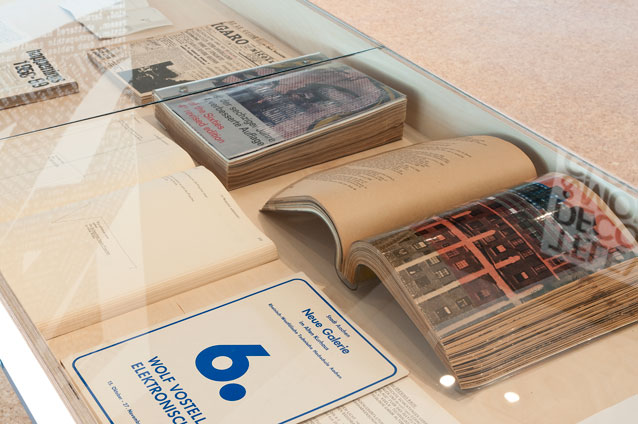Fraser Muggeridge explores graphic design created by non graphic designers, with an exhibition Towards An Alternative History of Graphic Design, and a forthcoming discussion at the De La Warr Pavilion in Bexhill.
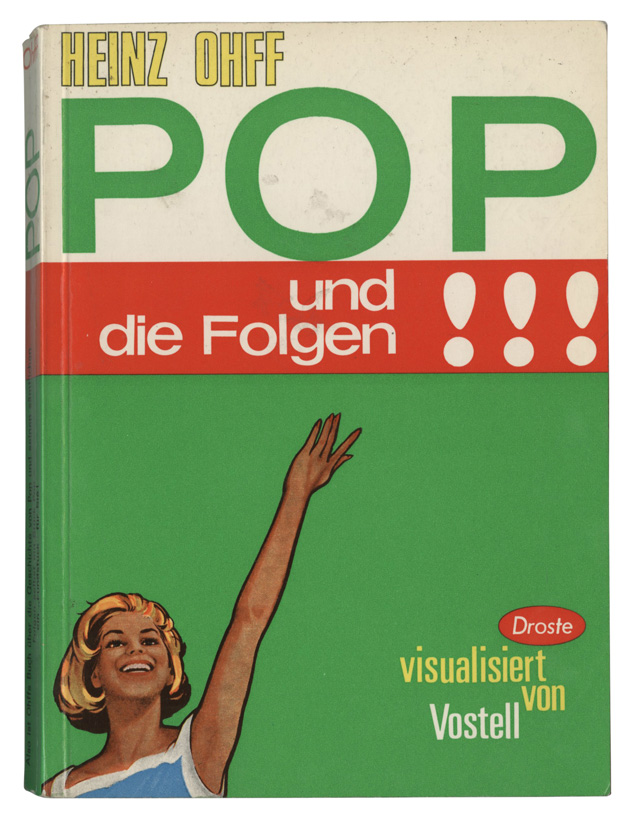
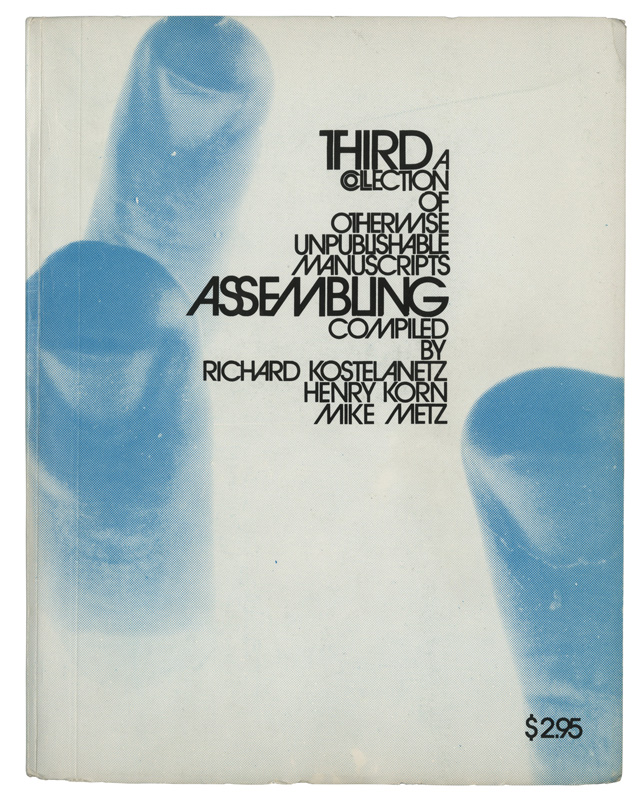
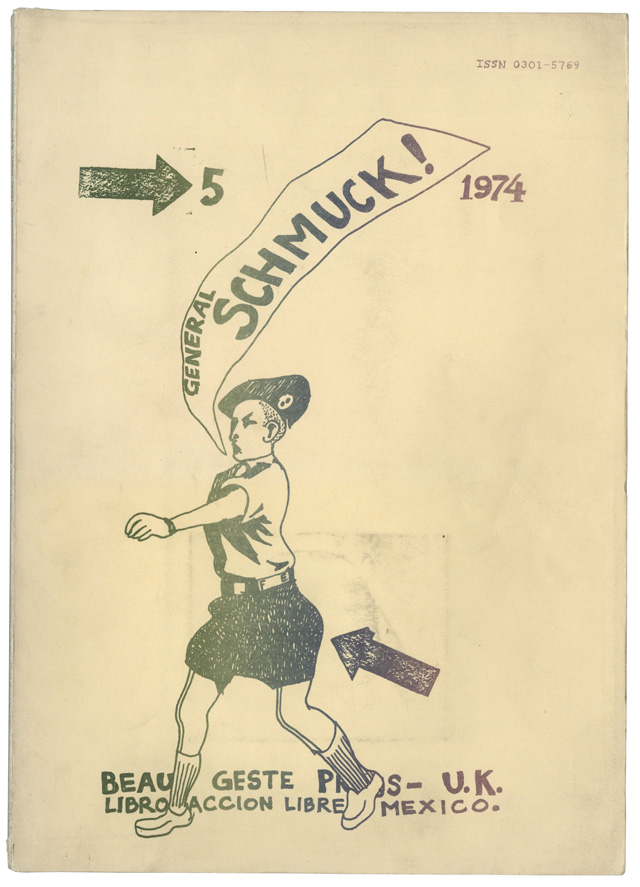
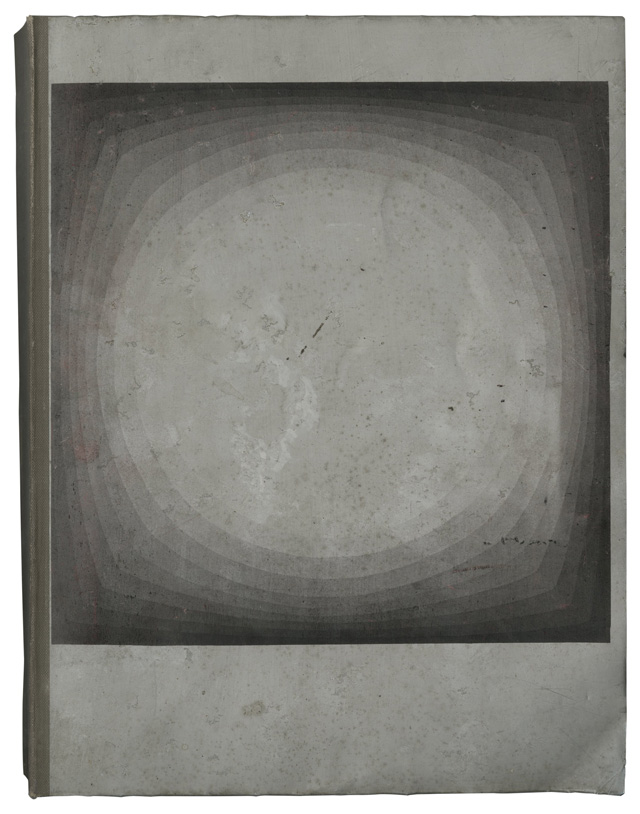
Towards An Alternative History of Graphic Design – Schmuck, POP, bRIAN, Assembling, is a fascinating exhibition currently running at the DLWP in Bexhill. The show concludes next weekend, after what promises to be a lively discussion on Saturday 03 October between Fraser Muggeridge, publisher of artist books Hansjörg Mayer and graphic designer and researcher on the Beau Geste Press, Mila Waldeck. We caught up with curator Fraser Muggeridge and the De La Warr Pavilion's head of exhibitions Jane Won to find out more...
Can you explain how the the show’s title came about? It’s an ‘alternative’ history of graphic design, but ‘alternative' to what exactly?
FM: The history of graphic design is an important and well trodden path in all our studies. I’ve always been curious about the designers who were under the radar, or not so recognised at the time, such as Ken Briggs or those names on the list of the First Things First Manifestos, the one's that you think, “what happened to them?” The exhibition at De La Warr Pavillion takes this further by looking at work that was made not by trained or professional graphic designers, but by artists, so in a sense its an alternative history to the established history of graphic design.These pieces have been created by people with no formal design training – what do you think makes them pieces of design and not art?FM: These publications deal with issues that I deal with every day in my practice such as the combination of text and images, choice of typeface, hierachy, paper type and weight and binding so in my blinkered view of the world they can be seen as graphic design.Do we need a separate term such as ‘Outsider Design’, echoing the way the artworld categorises art created by those with no formal training, or do you think design should just be more inclusive?FM: I think creating yet another category or term is problematic. Outsider Art also originally stems from the term Art Brut which focused on not only the artists without formal training but also psychiatric patients and children. The aim of this show is about widening perspective by looking at and thinking from a wider, open range of printed materials.How was the material for the exhibition sourced, is it from personal collections or institutions?FM: The material for the show is all from my personal collection (apart from a couple of issues of Schmuck that have been loaned by Chelsea College of the Arts Library, University of the Arts London). I have come across the work through various sources, essentially through the work I have made, the people I meet, the places I go, the things I am interested in.Jane, many individual designers have large personal collections, but do you think graphic design should also be collected by cultural institutions? Is there any point in collecting work if it’s not then exhibited?JW: Absolutely. First of all, they should be exhibited and even if not, collections would be an important reference point for current and future audiences. Graphic design is a large part of any culture and gives an immediate, real sense of the visual culture of an era within society. You’ve been working with Fraser for a while now. How did the relationship come about?JW: Working with Fraser is always a creative process and we spend hours talking about interesting books that Fraser has around the studio rather than the actual project. Naturally over time, one realises that many of the publications or prints during these sessions share a thread of thinking which needs to be told. There are still many more stories to tell.
The De La Warr Pavilion has mounted more graphic design and illustration exhibitions than the Design Museum in the past year. What role do see provincial cultural institutions playing in exhibiting graphic design in the future?JW: Since we showed Ivan Chermayeff: Cut and Paste two years ago, we’ve had a revelation that there is a very limited number of institutions which show design in the UK. The programme at the DLWP is based around Modernist thinking which encourages inter-disciplinary approaches. Design and architecture matter as much as what is going on in the contemporary visual art world, and any creative person whether they are called an artist, designer or architect, draws inspiration from each other and the disciplines often work together. Generally speaking, the way the institutions present culture reflects the professionalism in today’s industries and not how the creative ideas are connected and developed. As an institution outside of London, I suppose the DLWP has more freedom to be experimental and alternative.
What’s next for your studio, Fraser?
We plan to photocopy the largest pier in the UK, and lay it out along the beach.
